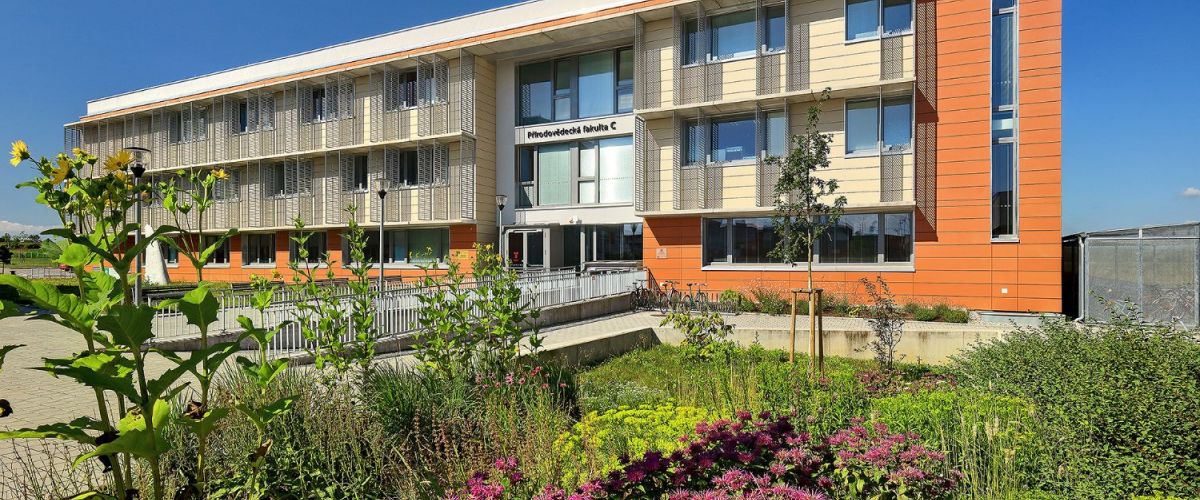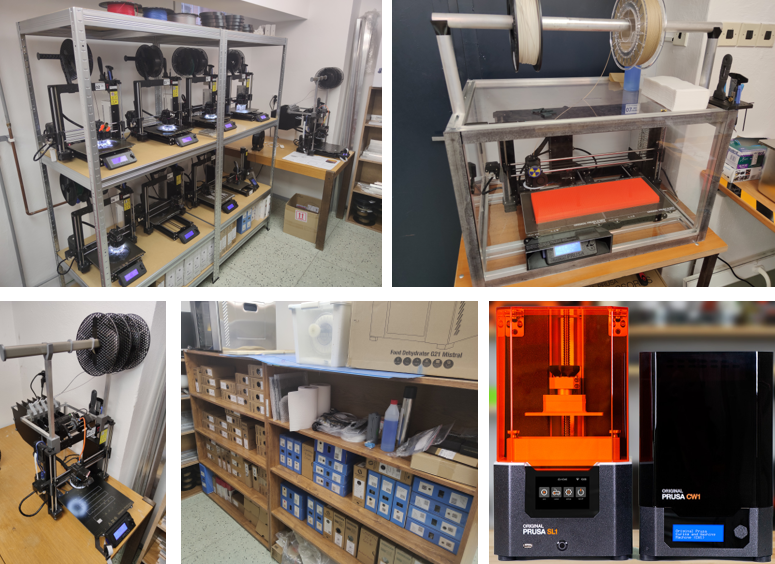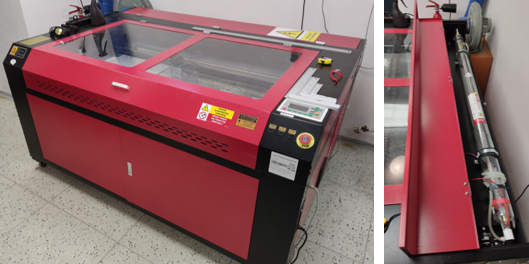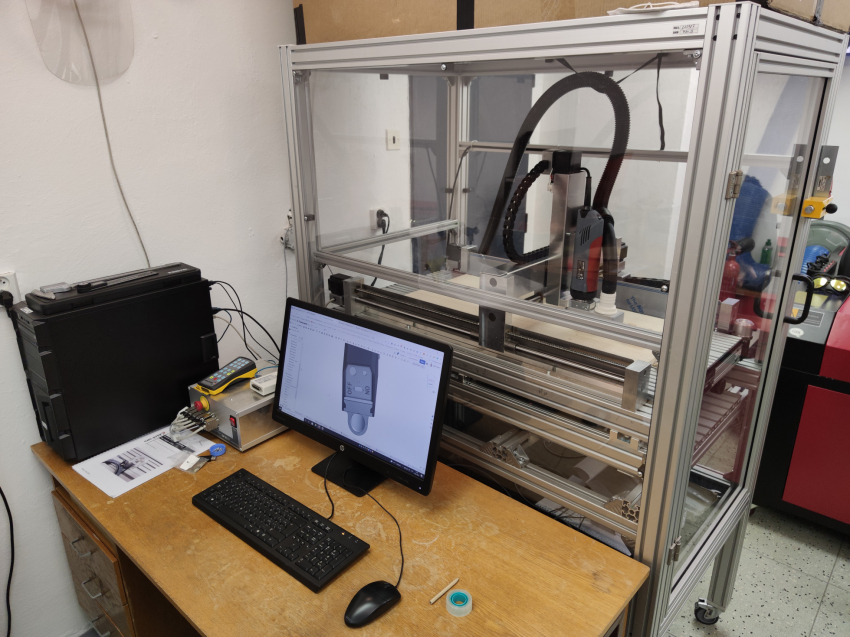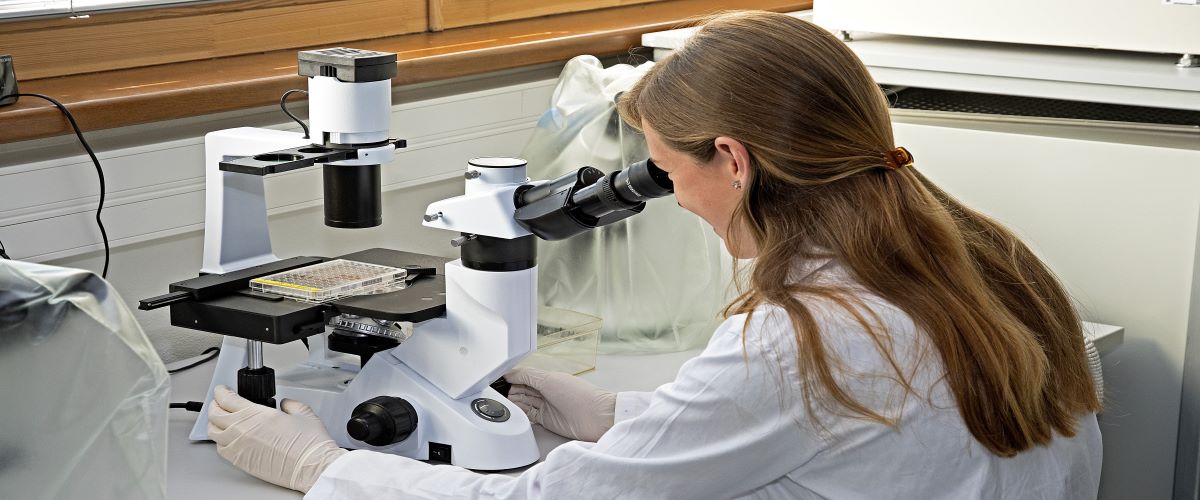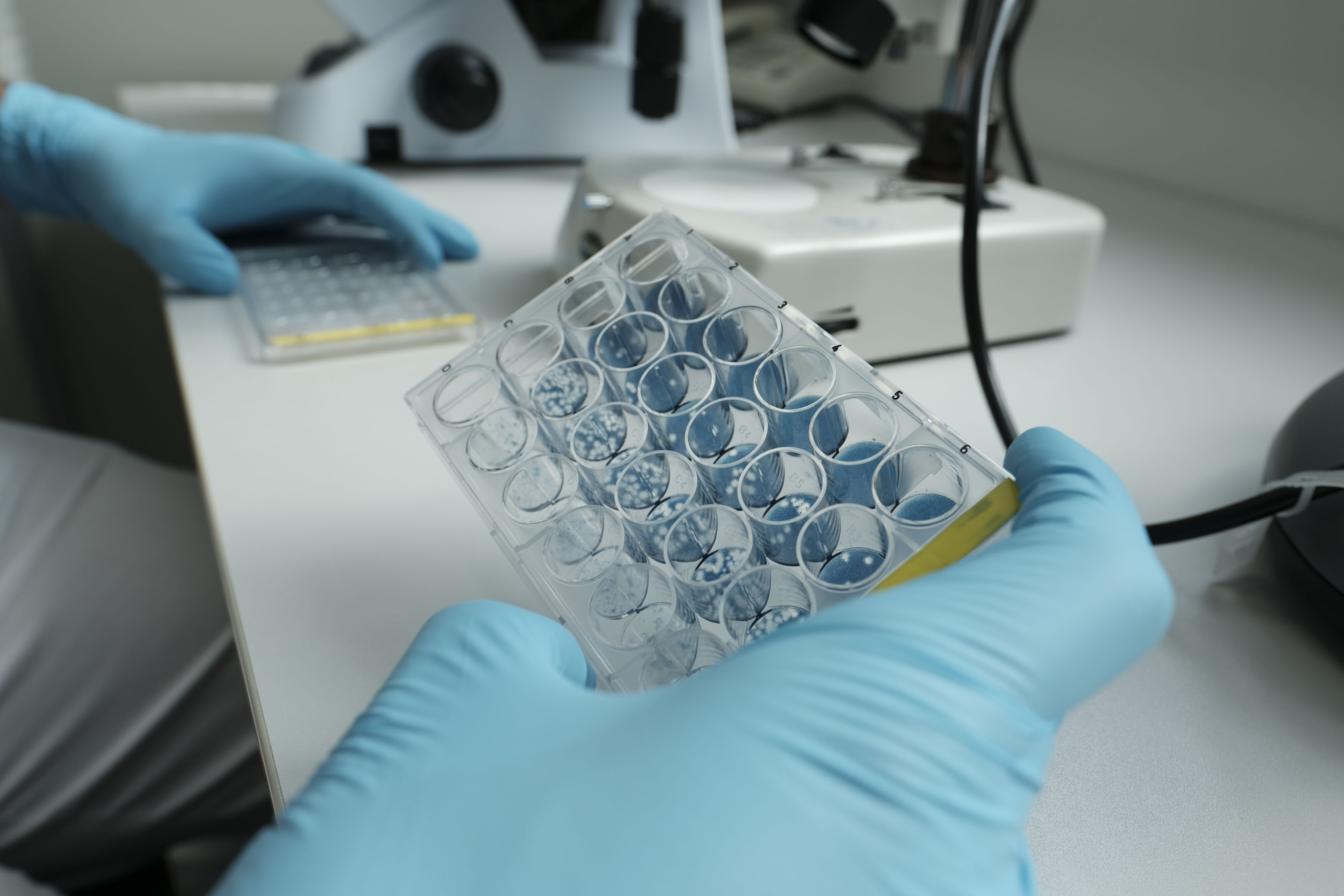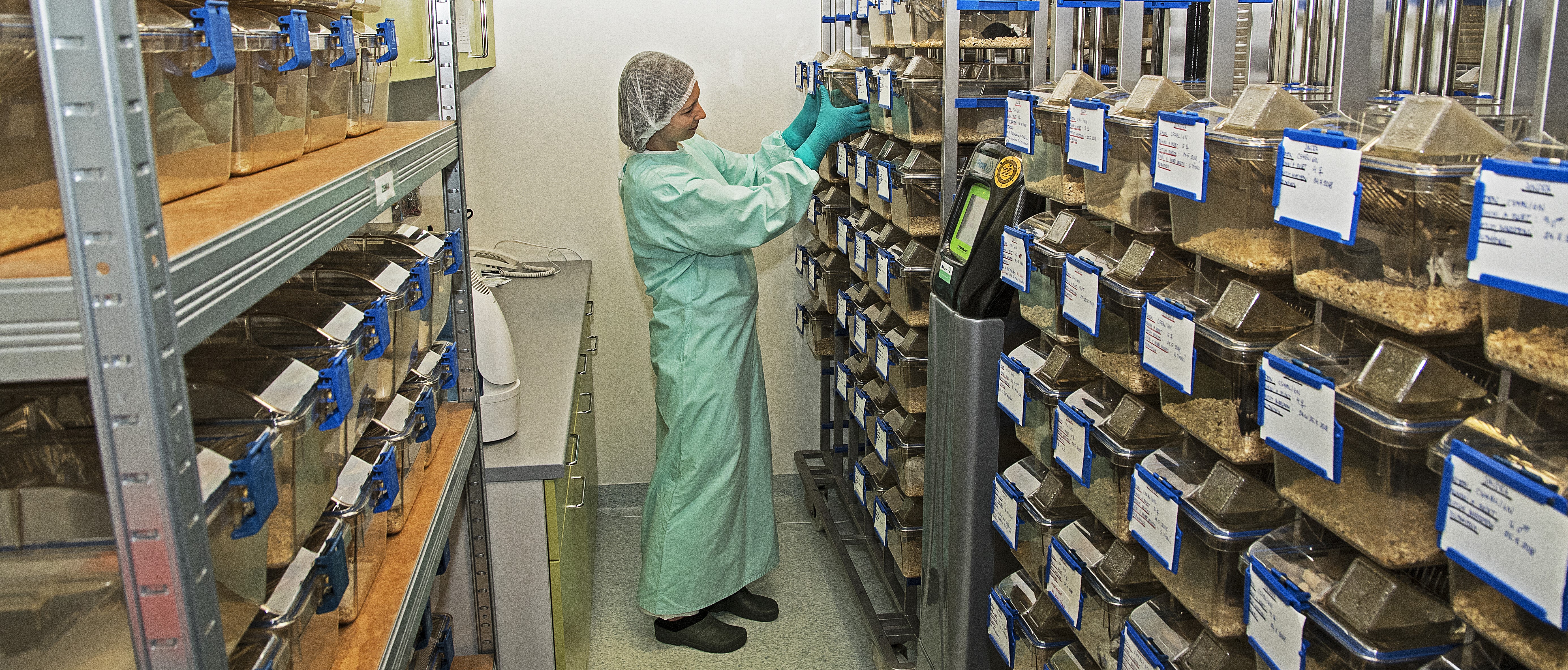P2 - Provision on English examinations at FSci USB in Bachelor's and Master's studies
Provision on English examinations at FSci USB
in Bachelor's and Master's studies
Provision of Vice-dean No. P2
Starting points:
- English is currently perceived as the world’s lingua franca at all levels. It is a necessary condition for the employment of a university-educated person.
- The final examination in English at the Bachelor's degree level is focused on general language and in the Master's degree programme it is focused on academic language.
- Advancement Examination
The examination is taken at the end of the first year (second semester) and is primarily a motivation for beginning students. The examination is at level A2 of the Common European Framework of Reference (CEFR) and tests the skills that students should master after completing two semesters of BA1 and BA1NS. The exam consists of three parts: grammar, listening, and reading. The total duration is 75 minutes.
- Final Bachelor's Examination in English
The Final Bachelor's Examination in English is in written form and examines mainly receptive skills - the ability to understand written and spoken text and a mastery of grammar and vocabulary at the B2 level according to CEFR. It is divided into four parts: listening, grammar, vocabulary, and working with text. Each part is evaluated by a maximum of 30 points (120 in total). Duration is 120 minutes without a break.
In the listening part, two recordings of texts read by native speakers are included. When listening to the first recording, students complete the missing information in a text. When listening to the second recording with a general theme, students answer multiple choice questions. The first recording is played once, the second twice.
There are a total of 30 items in the grammar section, answered as multiple choice, where the task of students is to determine the correct expression, of which only one is correct.
The vocabulary test tests the mastery of vocabulary from study texts in the previous four semesters based on the use of synonyms, paraphrasing, and the use of words in context.
In the part involving work with texts, students work on several texts. Overall comprehension, information retrieval, and vocabulary are tested. Students answer questions, fill in missing parts according to the context, and look for synonyms.
- Final Master's Examination in English
The Final Master's Examination in English primarily verifies the ability to explain and defend one's opinion in English. In addition to receptive skills, it also tests productive skills, and focuses on academic language. It is at level C1 according to SERR and consists of three parts: TOEFL ITP, essays, and an oral part.
TOEFL ITP
The TOEFL ITP Examination tests the student's ability to participate effectively in an English-speaking academic environment.
The listening part focuses on understanding short and medium-length dialogues from the university environment and medium-length lectures.
The second part, sentence structures, verifies the knowledge of correct grammatical structures.
The reading section contains five short excerpts from university scripts and the questions associated with them focus on the overall comprehension of the text and vocabulary work.
Essay
This part verifies the student's ability to argue clearly and logically in writing in English. Students write the essay on a computer in a Microsoft Word text editor and have at their disposal an online version of the Oxford Advanced Learner's Dictionary.
The essay is an expression of agreement/disagreement with a general controversial topic, where students choose one of two topics. The optimal length is 400 words (but at least 300) and the duration of this part is 120 minutes.
Completion of the task (expression of opinion, argumentation, examples, explanations), organisation of the text (introduction, logical division into paragraphs, conclusion), formal aspects (unity and coherence), grammar and vocabulary are evaluated. The exam is evaluated independently by two evaluators.
Oral part
In the oral part, the student demonstrates their ability to express their opinion in English, participate in discussions and argue. The exam consists of two parts - a separate monologue (3 minutes) and a discussion with the examiner (7 minutes), for a total of 10 minutes.
The student draws the topic of the exam the day before the exam. They thus have the opportunity to find the necessary information on the topic in order to be able to take a clear position and support it with relevant arguments.
The ability to present the topic without the aid of the interlocutor, the ability to debate the topic with the interlocutor, the correctness of the grammar used, the use of advanced vocabulary including conjunctions, neutral language style, fluency, pronunciation, and intonation are assessed. The exam is evaluated independently by two evaluators.
- Final Examination for Combined Study
All combined study students must pass a foreign language exam during their studies. They have a choice of English, German, Russian, French, and Spanish. The exam is in written form and is at the A2 level according to CEFR. It consists of grammar, listening, and reading. The length of the test is 75 minutes.
- Recognition of certificates for language exams
The certificates below are recognized for each examination. For a recognised examination, the student receives an evaluation of "excellent" (this does not apply to the Final Master's Examination in English) and the corresponding number of credits.
Advancement Examination in English
The following certificates at the A2 level (according to SERR) and higher are recognized as a substitute for the English progress test:
Cambridge ESOL: KET – Key English Test
City & Guilds: IESOL – Access
Recognition of additional certificates at level A2 and higher is subject to individual assessment by the Head of the Language Department.
Final Bachelor's Examination in English
The following certificates at level B2 (according to CEFR) and higher are recognized as a substitute for the Final Bachelor's Examination in English:
Cambridge ESOL: FCE
City & Guilds: IESOL – Communicator
IELTS: score of 5 or more
Recognition of additional certificates at level B2 and higher is subject to individual assessment by the Head of the Language Department.
Final Examination in a Foreign Language for Combined Study
Recognition of certificates for the Final Examination in a Foreign Language for Combined Study in English, German, Russian, French, and Spanish is subject to individual assessment by the Head of the Language Department.
Final Master's Examination in English
The TOEFL ITP exam, which is part of the Final Master's Examination in English and is taken directly at the Faculty, is accepted as equivalent to the TOEFL iBT or IELTS examination with the corresponding score.
In České Budějovice on September 16, 2016
Doc. RNDr. Šárka Klementová, CSc.
Read more …P2 - Provision on English examinations at FSci USB in Bachelor's and Master's studies
- Hits: 1280
